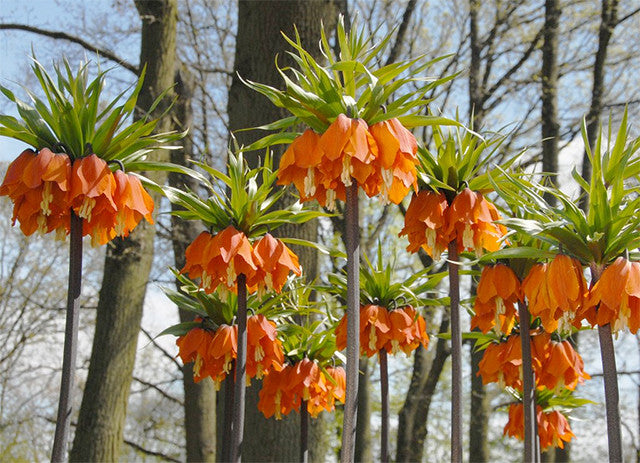
The Lordly 'Crown Imperial' or 'Fritillaria imperialis' - Some Truly Epic History
The very name 'Crown Imperial' conjures up pomp and pageantry. Indeed, this regal plant is among the first ornamental species to be cultivated by humankind. We take a journey across the centuries to uncover the interesting history of these fascinating plants.
From Turkey and Kashmir to Europe
The Fritillaria or Crown Imperial originated in the middle east, and there it may have remained were it not for Carolus Clusius and his collection of beautiful and unusual plants. Midway through the 16th century, Clusius planted the first Crown Imperial bulbs in his Hortus botanicus gardens at Leiden. Today, these gardens are maintained by Leiden University, and as one of the oldest botanical gardens in the world, they are well worth a visit.
Clusius remains one of the most influential botanists of all time. It was he who started the Dutch tulip breeding industry, and many plants have been named in his honour. By the early 17th century, his Crown Imperials had become very popular, and you will see them portrayed in numerous paintings and decorative tiles from that period.
Why Crown Imperial?
The Latin name given to these attractive plants had to be something special, so it was dubbed Frittilaria imperialis. The Latin word “fritilus” means “dice cup” presumably chosen because of the shape of the blooms. The plant carries a crown of pointed leaves above the flowers, and so the name “imperium,” meaning empire, was chosen for its second, or species name. By translating the Latin name, people began to call it the Crown Imperial.
Myths and Legends
The Crown Imperial is so distinctive that it become the stuff of myths and legends. Why do the florets droop gracefully downwards? Why does this plant wear a crown?
One popular legend was that the Crown Imperial was once pure white and grew in the Garden of Gethsemane. When Jesus was arrested, every flower in the garden bowed it’s head – but not the proud Crown Imperial. When Jesus reprimanded it for its pride, it bowed its head, blushed deeply, and wept.
The crown is explained in the legend of a Persian queen who was cast out after being unfairly accused of infidelity. The beautiful queen wept and wept. She cried so much that she actually shrank in stature. She wondered for a long time, and when she finally stopped walking, she became rooted into the ground and transformed into a flower – still wearing her imperial crown.
Growing Crown Imperials
Despite its aristocratic reputation, the Crown Imperial is very easy to grow. When your bulbs arrive, you will see that they all have a hole in the middle. This strange bulb is meant to look this way, so don’t be troubled by its peculiar appearance.
Plant your bulbs before they begin to sprout roots so that they don’t get damaged. Choose a sunny or lightly shaded spot with well-drained soil and plant your bulbs with the hole in the bulb facing upwards.
That’s it! Water them during dry spells and wait for your crown imperials to appear. When the bulbs are dormant, consider whether you want to lift and store them to be sure of having them for next season, or whether you will let them take their chances in the ground. They can naturalize in the right spot, but there’s no real guarantee.
Fun facts
The Crown Imperial keeps mice and moles away by giving off a slightly musky scent reminiscent of a fox’s fur. When they smell it, rodents stay away!
It’s also a prolific nectar producer which makes it very popular with bees, butterflies, and nectar-eating birds. If you would like to taste the nectar yourself, simply tap the blooms lightly in the early morning, and they will give up their nectar for you.
Other Fritillaries
The Crown Imperial is only one species within the genus Fritillaria. The other ornamental species are generally smaller. Although they are less statuesque, they are nonetheless striking and make an unusual and attractive addition to any garden. Although they are not as steeped in myth and legend, you may find yourself inventing stories about them, so don’t forget that there’s more to Fritillarias than just their regal queen.
Farmer Gracy’s Fritillarias
Although it would be impossible to offer every species and variety of bulbous plant, Farmer Gracy has assembled the best of the best within a very wide selection of bulbs. Our Fritillarias are no exception, and besides the Crown Imperials, you will find yourself hesitating between a selection of the best Fritillarias the world has to offer. Browse and enjoy!


































































































































































































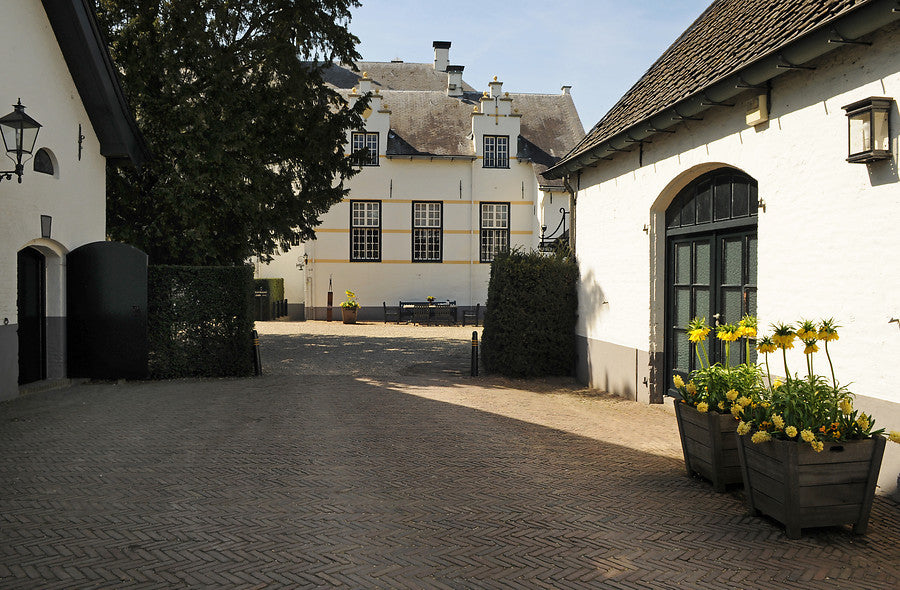

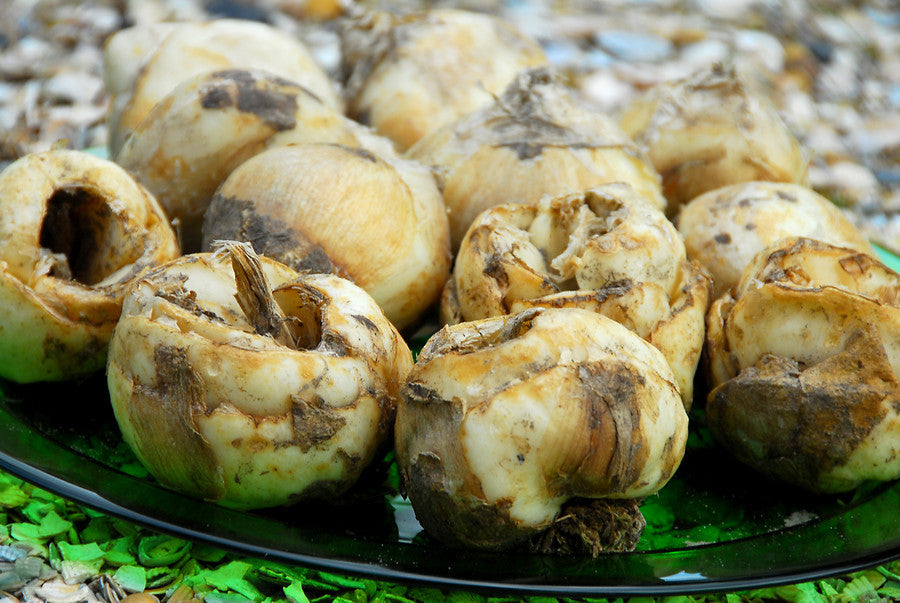
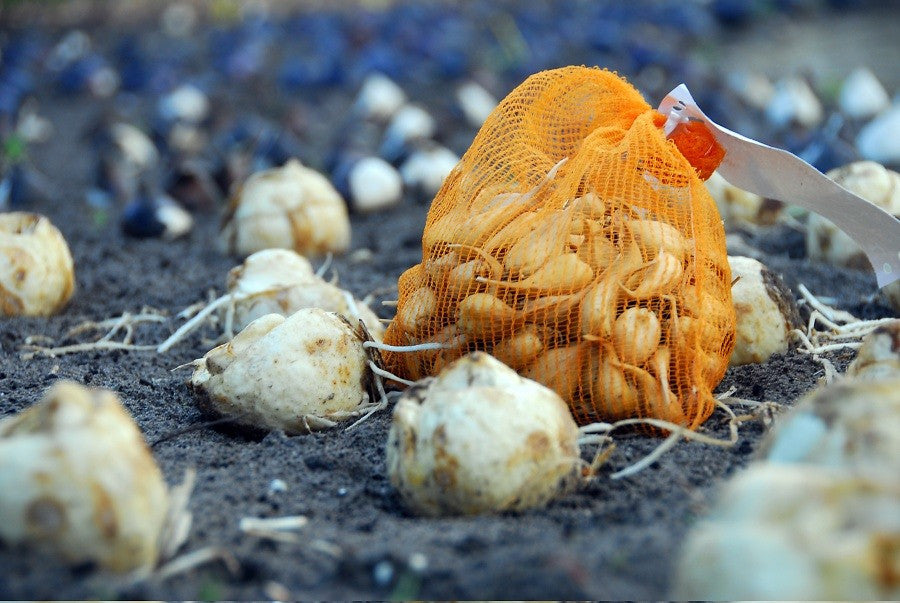

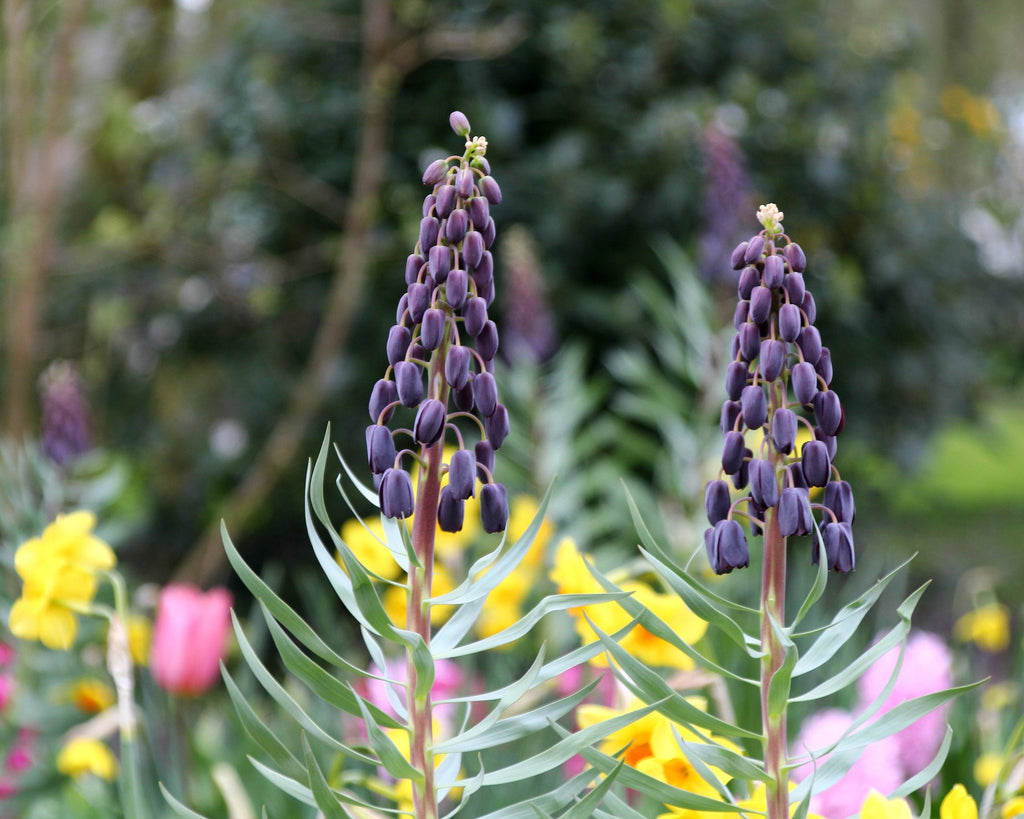
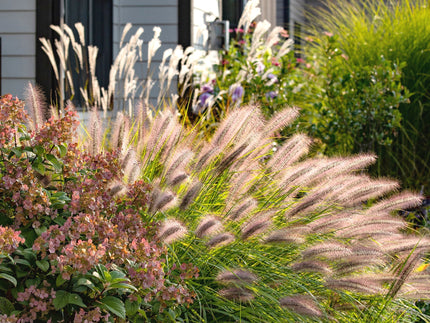
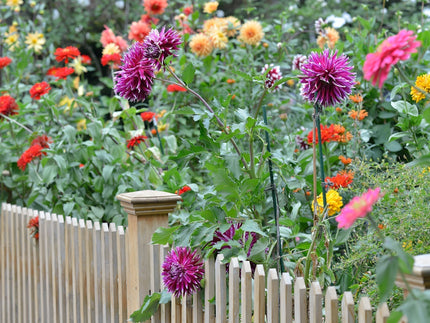
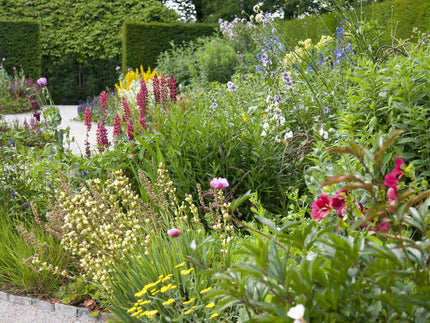
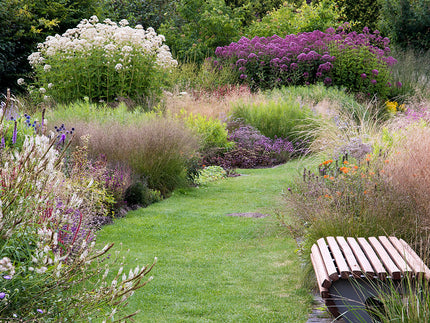
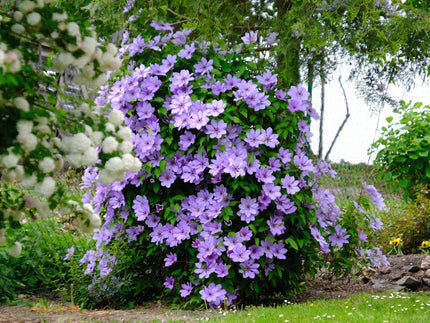



4 comments
Hi I bought 2 fritillaries from a flower show the flowers have now gone which only lasted 4 days will they come back and if not wat do I do next I’m unsure x I have bought many plants from you please advise many thanks jan Blow
I bought 12 Crown Impeial plants 2 years ago the first year we had 5 flowers and this year only 2 Have bloomed. Any idea why so many don’t flower?
Very interestin reading
What do I need to do when they finish flowering